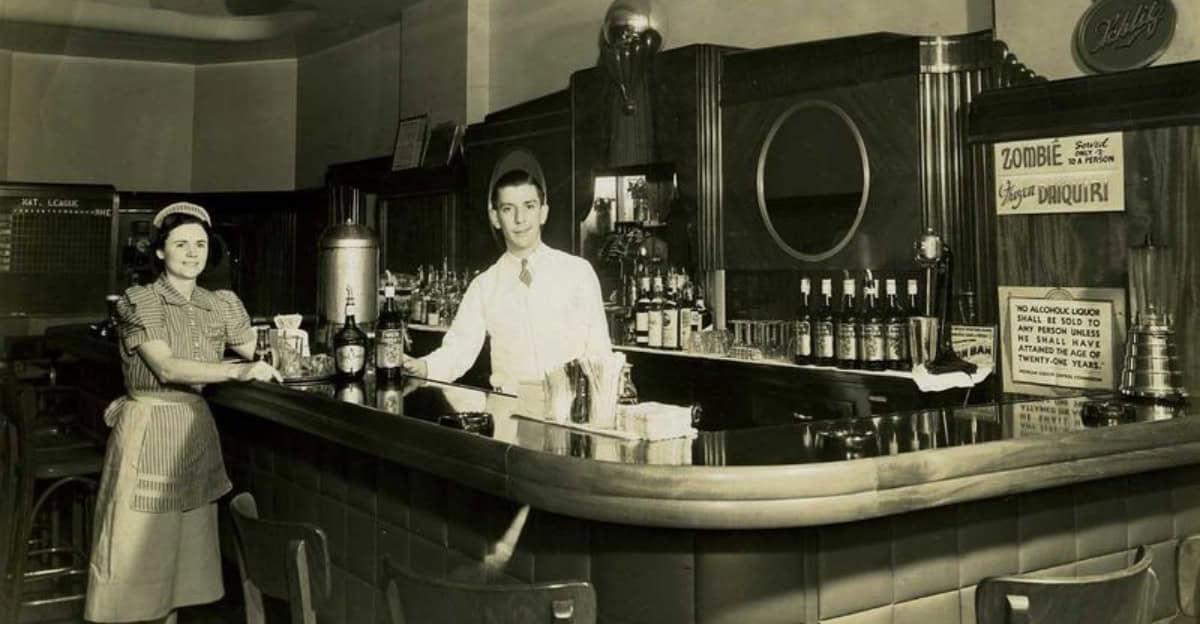Explore the fascinating evolution of restaurant decor from the 1920s to the 2000s, witnessing how each decade brought its own charm and character.
This journey through time will reveal the creativity and innovation that defined the aesthetics of each era, offering inspiration for contemporary decor enthusiasts.
From the opulence of the Roaring Twenties to the sleek minimalism of the new millennium, these trends showcase how design reflects cultural shifts.
Rediscover these captivating styles and find out how they continue to influence modern decor choices.
1. 1920s: Art Deco Elegance
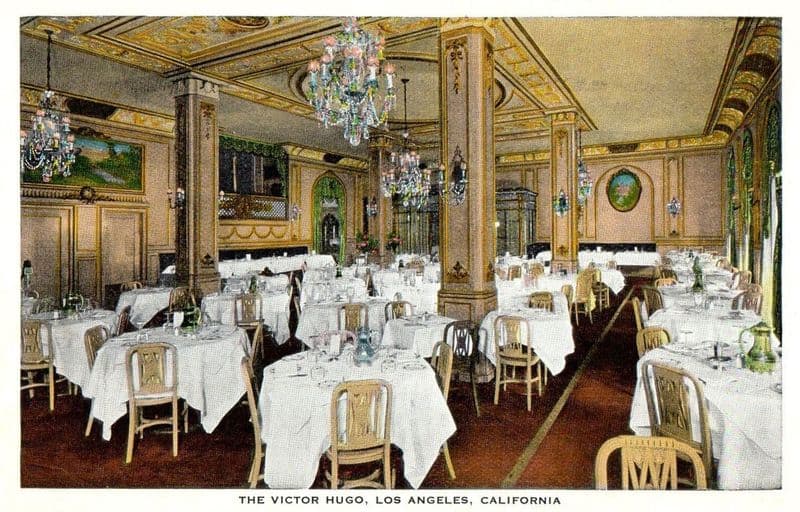
The 1920s brought the Art Deco movement, marked by luxurious elegance and geometric sophistication. Restaurants embraced opulence, with lavish materials such as marble and gold taking center stage.
Mirrored surfaces and rich colors added depth and glamour, reflecting the prosperity of the Roaring Twenties.
Designs were bold, with intricate patterns and lavish details capturing the eye. Art Deco was not just about aesthetics but also innovation, with new technologies being incorporated into design.
This trend was about making a statement, ensuring diners felt the prosperity of the era. Reviving Art Deco today can bring a touch of historical glamour to modern dining spaces.
2. 1930s: Streamlined Simplicity
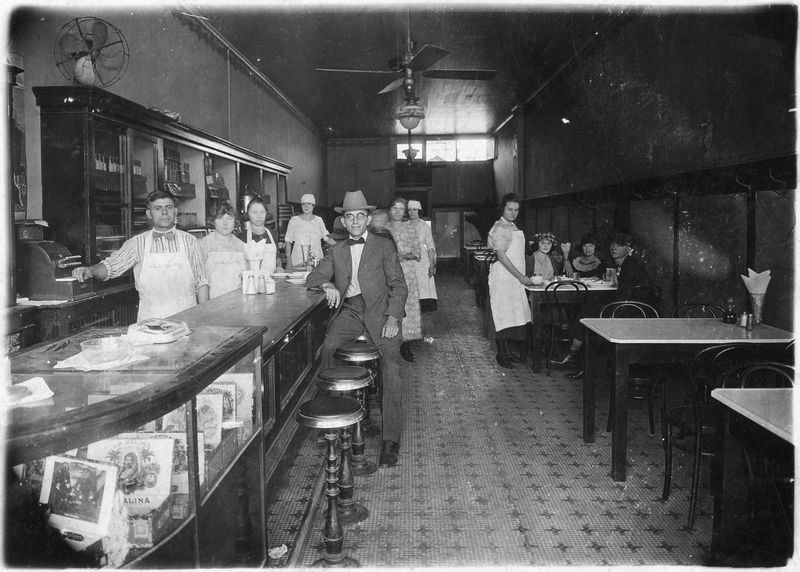
The 1930s saw a shift towards streamlined simplicity, a response to the economic hardships of the Great Depression. Restaurant decor became more restrained, focusing on functionality and clean lines.
Soft curves replaced the ornate details of the previous decade, creating a more understated elegance.
Materials like chrome and Bakelite were popular, adding a modern touch to interiors. The emphasis was on efficiency and practicality without sacrificing style.
Incorporating these elements today can create a space that feels both vintage and contemporary, balancing simplicity with sophistication.
3. 1940s: Wartime Minimalism
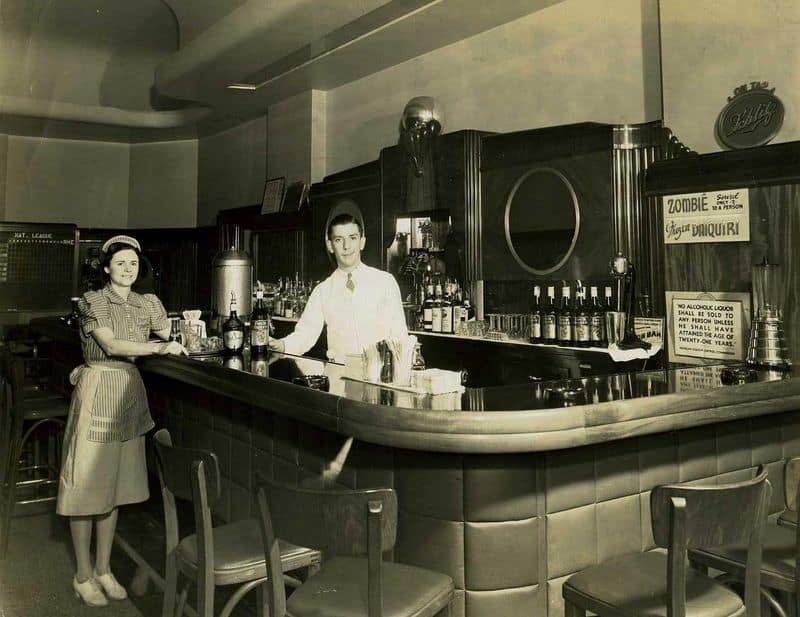
During the 1940s, wartime austerity influenced restaurant decor, leading to minimalism and resourcefulness. Practicality was key, with furnishings often repurposed or made from available materials. The color palette was muted, with earthy tones prevalent.
Despite restrictions, creativity flourished, with designers finding innovative ways to make spaces inviting. The emphasis on functionality did not preclude warmth, as cozy atmospheres were crafted through clever use of space and lighting.
This era’s decor can be revisited for inspiration in creating sustainable and cozy environments that prioritize comfort over excess.
4. 1950s: Mid-Century Modern
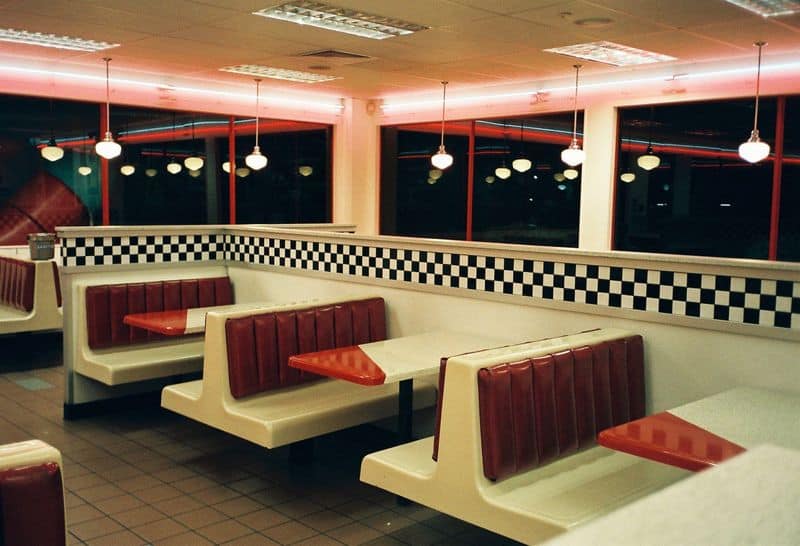
The 1950s heralded the rise of mid-century-modern design, characterized by sleek lines and organic forms. This style embraced both natural and synthetic materials, creating harmonious and functional spaces. Restaurants from this era often featured bold colors and playful patterns, reflecting post-war optimism.
Furniture was designed for comfort and style, with a focus on functionality. The open-plan layouts encouraged social interaction, making dining a communal experience.
Today, mid-century modern remains timeless, offering a blend of retro charm and modern elegance that can be effortlessly integrated into contemporary settings.
5. 1960s: Psychedelic Influence
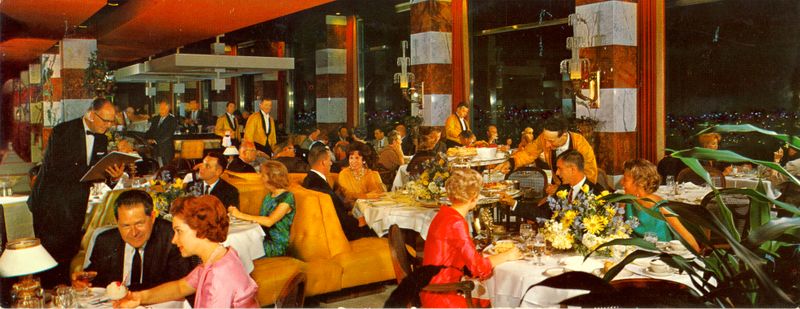
The 1960s brought a burst of color and creativity, heavily influenced by the psychedelic movement. Restaurant decor became vibrant and experimental, with bold colors and abstract patterns dominating interiors.
Psychedelic art and pop culture references were common, creating lively and immersive environments.
Designers broke free from conventional norms, embracing freedom and expression in their work. This era celebrated individuality and creativity, making dining a visually stimulating experience.
Reviving 1960s decor can add a whimsical and energetic touch to modern spaces, inviting patrons to relive this colorful period.
6. 1970s: Earthy and Eclectic
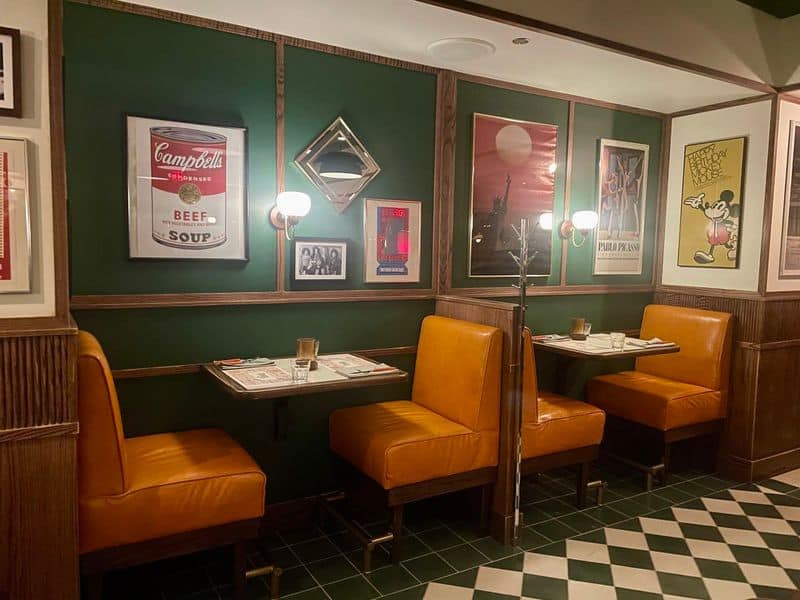
The 1970s embraced an earthy and eclectic aesthetic, drawing inspiration from nature and diverse cultures. Restaurant decor featured natural materials like wood and stone, complemented by warm earthy tones.
This decade’s design was about comfort and individuality, creating spaces that felt personal and inviting. The mix of styles and influences reflected a desire for authenticity and connection to nature.
Incorporating 1970s elements today can create cozy, eclectic environments that resonate with those seeking a relaxed and homey atmosphere.
7. 1980s: Bold and Glamorous
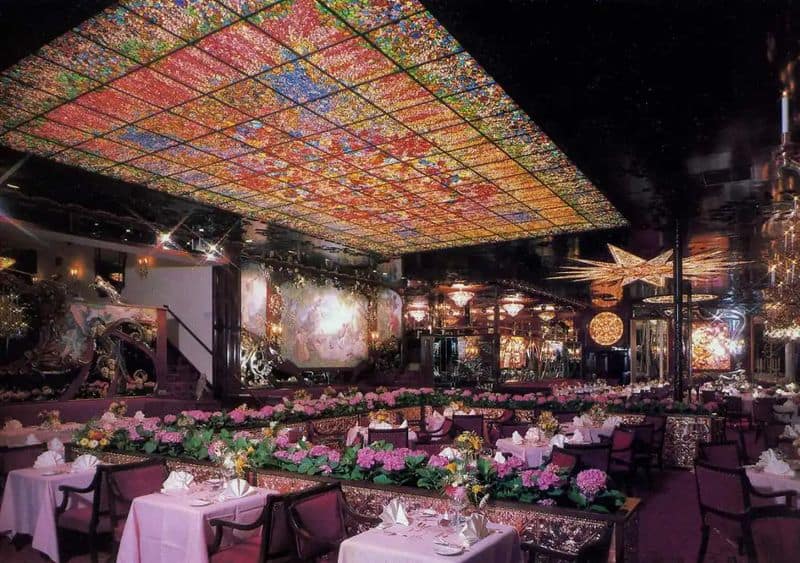
The 1980s was a decade of bold and glamorous design, characterized by vibrant colors and luxurious materials. Restaurants embraced a sense of excess, with dramatic lighting and extravagant decor elements setting the scene. Neon lights and metallic finishes were popular, adding a touch of modernity.
The design was unapologetically lavish, celebrating wealth and success. It was a time when bigger was better, with oversized furniture and statement pieces dominating spaces.
Reimagining 1980s decor today can infuse spaces with a sense of drama and opulence, appealing to those who love a bit of extravagance in their dining experience.
8. 1990s: Minimalist Chic
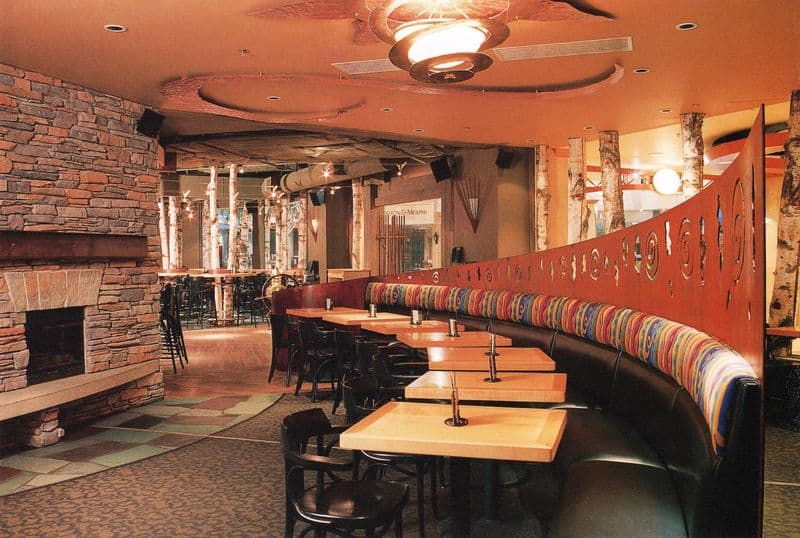
The 1990s ushered in a minimalist chic aesthetic, focusing on simplicity and elegance.
Restaurant decor was characterized by neutral tones, clean lines, and simple furnishings. This style was a reaction against the excess of the previous decade, favoring restraint and subtlety.
The emphasis was on functionality and form, creating serene environments that encouraged relaxation. Minimalism was about letting the space breathe, allowing diners to focus on the culinary experience.
Today, minimalist chic remains popular, offering a timeless appeal that can be adapted to various settings, providing a calming backdrop to modern dining.
9. 2000s: Modern Eclecticism
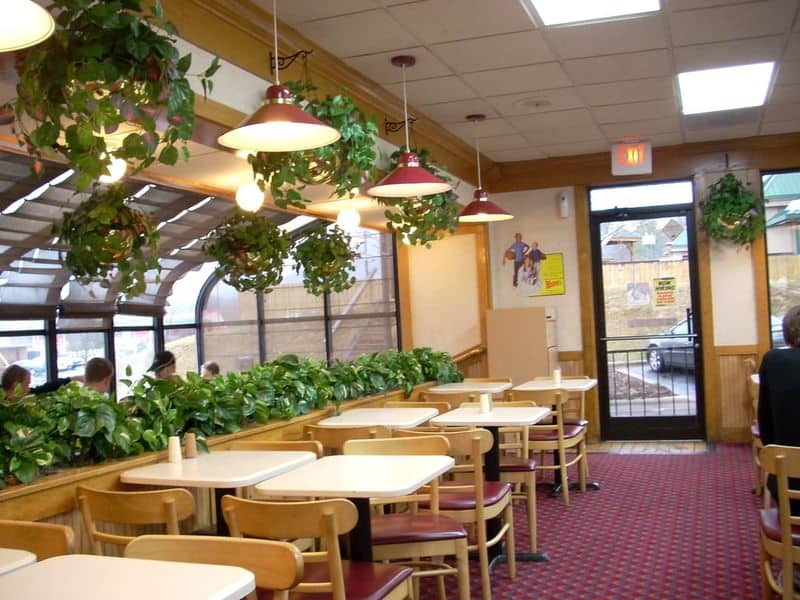
The 2000s embraced modern eclecticism, blending different styles to create unique and dynamic spaces. Restaurant decor became a canvas for creativity, with designers mixing vintage elements with contemporary touches. The result was a harmonious blend of old and new, where anything goes.
This era celebrated individuality, with personalized touches making spaces feel unique. The focus was on creating memorable dining experiences, with decor playing a key role in storytelling.
Modern eclecticism continues to inspire, encouraging creativity and bold design choices that reflect personal style and cultural influences.

